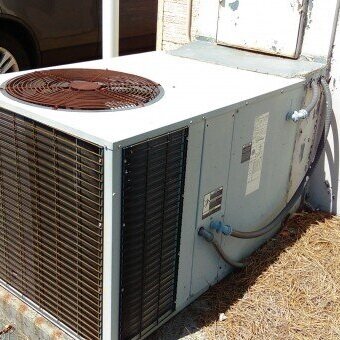What Happens If Indoor Humidity Is Too Low?
Humidity represents the amount of water vapor occurring in the air, and there is plenty of talk about optimal humidity levels for indoor areas. The consensus is somewhere between 40% and 60% relative humidity, depending on the season and personal comfort.
Unfortunately, many people are unaware that their home’s indoor humidity level is too low. High humidity is not great either, but dry air presents many associated risks.
Low humidity levels affect respiratory health
Some viruses live longer in low humidity, increasing the chances of illness. Dry air also promotes infective aerosols—so the sneeze will travel further when the humidity levels are low.
Those struggling with nasal congestion might also want to check the indoor humidity. Dry air may irritate sinus membranes and cause significant discomfort.
Low humidity can also affect the eyes
Perhaps you’ve started rubbing your eyes more often and experienced irritation, too. The fact is that low humidity will dry the eyes as it increases the evaporation of tears. The natural moisture balance is disrupted, and the function of the eyes diminishes since the tear film is essential for good vision, and dry air affects it negatively. Increased blinking is the first indicator that indoor humidity levels are low.
Low humidity can irritate the skin
Dry skin can be pretty frustrating and unpleasant to handle. Feeling itchy, especially during the winter, can lower the quality of life overall. Conditions such as eczema are often a sign of a lack of indoor moisture. If not treated, this can even lead to infections. Furthermore, the lack of humidity in the air can impact the skin’s elasticity and leave it more vulnerable to damage.
Low humidity can lead to dehydration
It’s not something householders immediately acknowledge, but over time, low moisture might cause dehydration. This is because the body can become depleted unless you’re constantly drinking enough fluids. Even so, an adequate level of moisture will help everyone stay adequately hydrated throughout the day.
Low humidity can cause property damage
While property damage isn’t as important as protecting health, it’s still worth talking about it. Decreased humidity can be a real problem for those with hardwood floors, for example. Cracks may appear, and the boards might separate at the seams. Excessive air conditioning can do that too, but prolonged dry air indoors is the usual culprit.
How to manage indoor humidity levels?
First, every home should have an indoor thermometer that measures humidity levels. Only when an accurate assessment of the situation is gained will a solution become clear. Then, adding a humidifier or vaporizer indoors should be the next step.
A humidifier increases the moisture levels per square footage. It’s instrumental during the winter. A vaporizer uses plant extracts for health-related purposes and creates moisture for inhalation.
Steam baths and hot showers are also ways to increase humidity levels. Some people even choose to add boiling water on hot stoves when the humidity is low.
CMB Air specializes in offering services like indoor air quality, duct fogging, duct repair and maintenance, thermostat, and iWave air purifier. No hidden charges and fees. Call (813) 447-1443 today for consultation.

